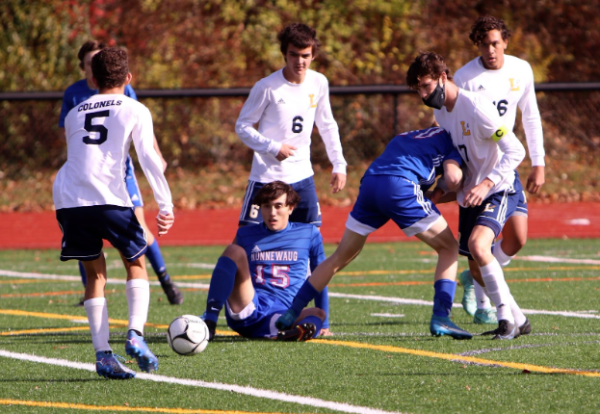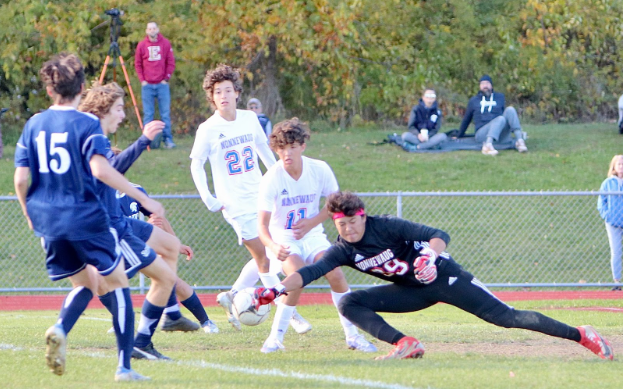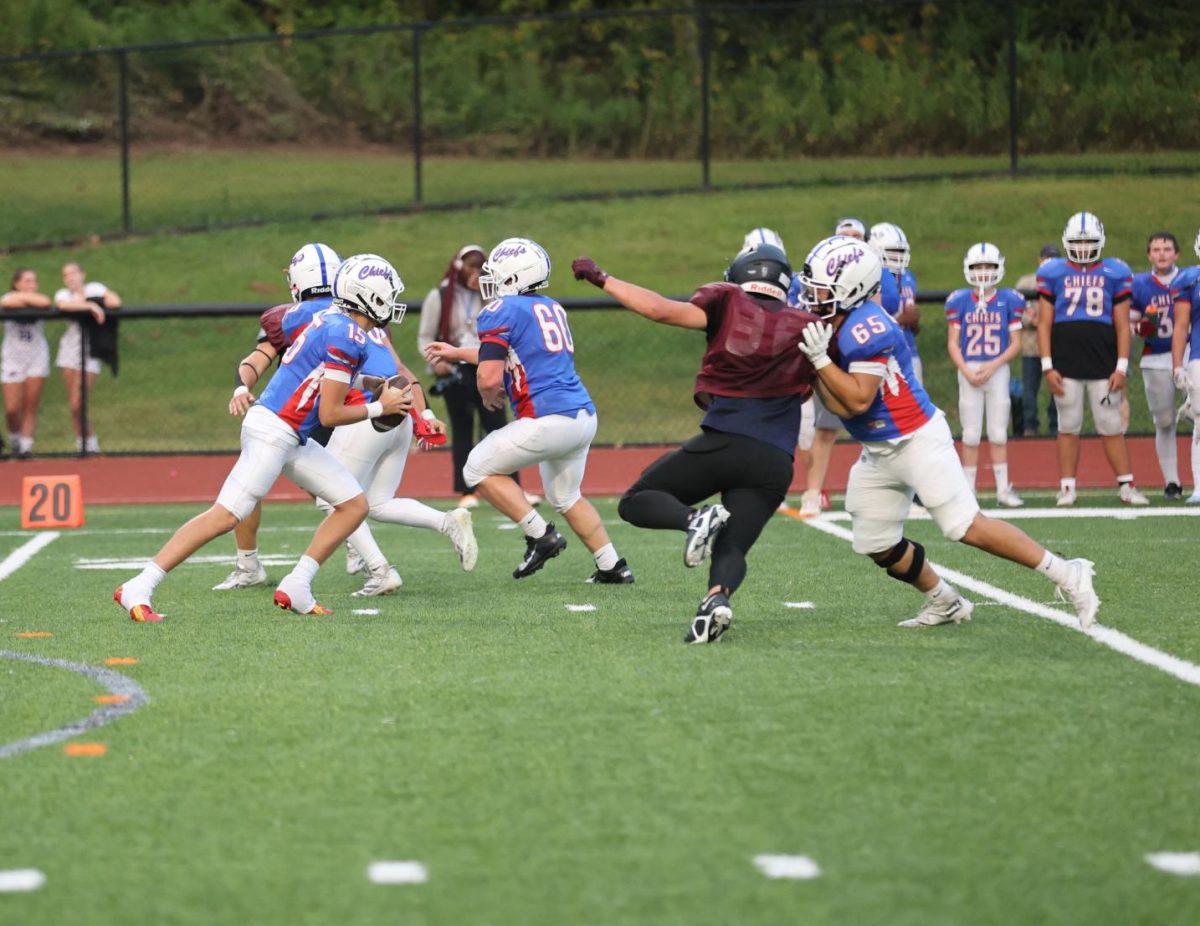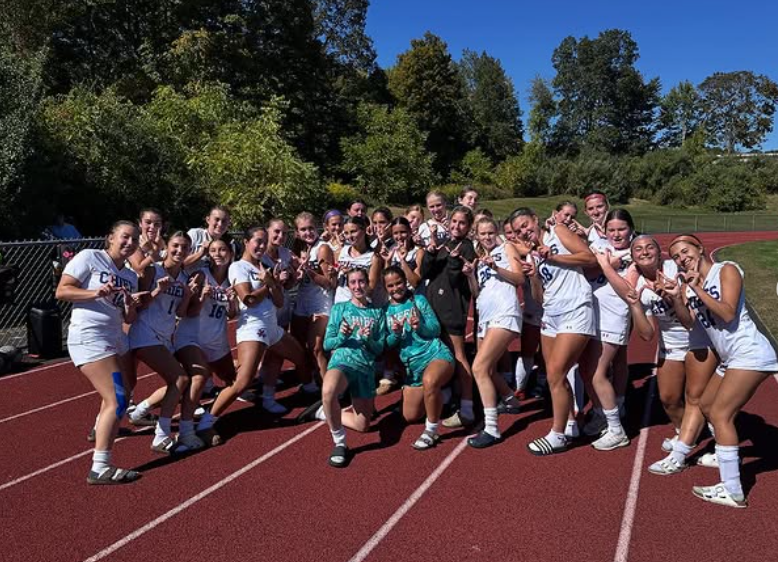WOODBURY — Injuries: a word no high school athlete wants to associate with.
They are sometimes just bound to happen. Sports injuries in high school have always been a problem, and this issue continues to reach new peaks. But how can a high school athlete mitigate that risk?
According to U.S. News & World Report, there are 5.2 million sports-related injuries among high schoolers each year. A lot of these injuries happen because the athlete lacks injury prevention tactics such as proper hydration, stretching, or weight training, or they may suffer from overuse or underuse.
With injuries seemingly taking place in every sport, it begs the question: What are some good habits a high school athlete should add into their practice?
First off, students should be watching their workload. A lot of professional sports teams, the NBA for example, host lifts after games. The thought process behind this is that it will allow the body to rejuvenate and return at 100% for the following day.
Acclaimed sports researcher Paul Fabritz, who specializes in injury prevention, says, “keep your high days high and your low days low.” Using this strategy, NBA athletes have their shootaround, warm-up, game, and then lift. This allows the athlete to give their bodies a break the next day by focusing intense activities into one day rather than creating numerous high-intensity workouts.
The following day would look something like mobility and a light shootaround, which allows the athlete’s body’s recovery time.
A good way to do a high-low plan is similar to the following: Monday, Wednesday, Friday are high days, and Tuesday, Thursday, Saturday are low days, Sunday being a rest day. This will allow workouts to be consistent over time and the body will be better off.
Another issue is an athlete’s sports workload.
“Overwork is a big issue because some students will be on a premier team in the offseason and their high school team,” said Dave Green, a Nonnewaug wellness instructor. “So, if there’s one part of their body they are constantly overworking, that particular body part leads to overuse injuries.”
The food the body consumes is what it runs on during athletic performance and helps the body recover after physical activity. Because food is so important, nutritionist Marc Bubbs says to make it a main priority.
According to Fabritz and Bubbs, eating foods such as proteins, carbohydrates, leafy greens, and fruits is all the body needs to run at top performance. If the athlete fills all these nutritional gaps, the performance level can increase and injury won’t be as likely to occur.
When it comes to building the body up in the weight room, an athlete needs some key guidelines to follow in order to avoid injury. Workload and nutrition are important, but there’s a missing key factor: picking up some weights.

Starting with isometrics is a great way to prepare the body for the athletic season because young athletes are holding various positions for a certain amount of time. This allows the joints, tendons, and muscles to become stronger and work as a whole together.
According to Fabritz, some examples of isometric exercises include wall sits, rear foot elevated lunges, squats, and calf raises.
After young athletes know their base is strong enough to withstand heavier lifting, they can move into that realm.
According to Healthline, a basic hinge of the hips exercise for the posterior chain muscle groups (the back side of the body) is all high schoolers need. A Romanian deadlift, single leg RDL, Nordic hamstring curl, or leg curl are all good exercises for this purpose.
According to Masterclass, for anterior chain muscle groups (front side of the body muscle groups) good options would be squats, leg press, Bulgarian split squats, hack squat, or leg extensions, all of which are helpful in building a strong base for high school athletics.
“I think core and balance are very important,” said NHS athletic trainer Sean McGee. “Lunges, planks, any single-leg squat, any lateral movement are all really good.”
According to Fabritz, another common injury high school athletes see involves the upper body. Athletes have a variety of ways to combat and protect against this type of injury. Options for a push exercise would be bench press, single arm dumbbell press, chest fly, or push-ups. For a pull exercise, ideas include pull-ups, lateral pull-down, single dumbbell row, or a cable row.
As an athlete, the stronger you become, the less you have to worry about these injuries. The ankle and knees are big injuries in high school sports, however, as you build the strength up in your body it’s less likely to take place.










